Engine knock basics
Engine knock is the uncontrolled ignition of a fuel-air mixture in a cylinder rather than being ignited by a spark plug. Engine knock can significantly increase cylinder pressure and damage engine components, causing a “clickâ€.
In the normal combustion state, the internal combustion engine combusts the fuel-air mixture in a controlled manner. Combustion should initiate several crank angles before the piston passes through the apex directly above. This timing advance is necessary because it takes some time for the fuel-air mixture to completely burn, and this time varies with engine speed and load changes. If the timing is appropriate, the maximum cylinder pressure will produce several crank angles after the piston passes the apex directly above. The fully combusted fuel-air mixture then pushes the piston down with maximum force, creating the maximum torque applied to the crankshaft per cycle. The current engine has been carefully designed to minimize emissions and maximize power and fuel economy. This can be achieved by optimizing the ignition spark timing to maximize torque. Through this timing control, the spark plug can not only ignite the fuel-air mixture from the ignition point to the cylinder wall, but also can burn evenly at a certain rate. If you deviate from normal combustion, such as ignition too fast, it will cause engine knock. And in extreme cases it can cause permanent damage to the engine. Other conditions that cause engine knock include the use of incorrect octane gasoline or defective ignition components.
Signal conditioner interface
Modern cars have a knock sensor system that detects the knocking of each cylinder at a specific time after crossing the upper apex, called the knock window. The system typically consists of a piezoelectric sensing element and a signal conditioner. The sensor detects vibration and the signal processor processes the signal and sends a voltage signal to the engine control module. The module interprets the knock signal, which not only controls timing but also improves engine efficiency. The knock sensor is typically mounted on the engine block (Figure 1).
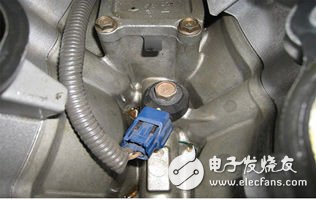
Figure 1: Knock sensor mounted on the engine block
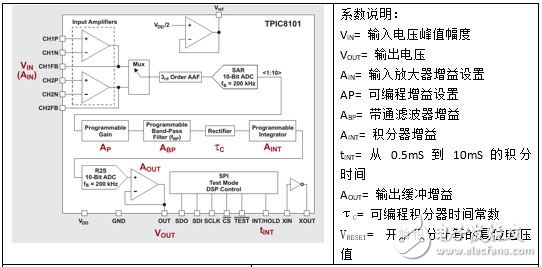
Figure 2: Block diagram of the TPIC8101 with coefficients
The simplified diagram shown in Figure 2 is a TPIC8101 dual-channel, highly integrated signal conditioner interface from Texas Instruments that can be used to connect knock sensor components to engine control modules. Two internal broadband amplifiers (Figure 3) provide an interface to the piezoelectric sensor. The output of the amplifier is provided to the channel selection multiplexer switch (Figure 2) and then to the third-order de-glitch filter (AAF). This signal is then converted using an analog-to-digital converter (ADC) before the programmable gain stage. The gain stage can feed the signal to a programmable bandpass filter for processing specific frequency components associated with the engine and knock sensor. After the full-wave rectification of the output of the bandpass filter, the integral operation can be completed according to the programmed time constant and the integration time period. The integrator output is reset when each knock window is activated. The integrated signal is converted to an analog format by a digital-to-analog converter (DAC), but can be directly connected to the microprocessor. The processor not only reads the data, but also adjusts the spark ignition timing to optimize fuel efficiency based on load and engine speed while reducing knock.

Figure 3: Input Amplifier Interface Details

The integrator works from 0 to B for N times. This will override the positive input. Full-wave rectification can then be compensated by other gain factors. Replace VIN, from 0 to 1/fBP integral.
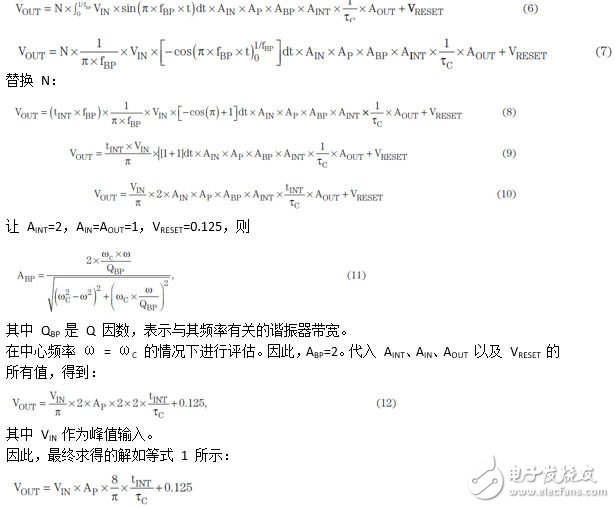
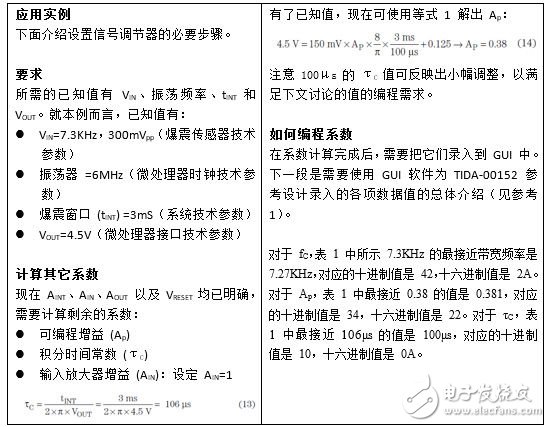

Table 1: Partial SPI Lookup Table on page 10 of the TPIC8101 Product Specification
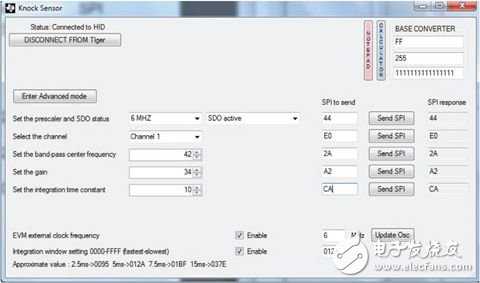
Figure 4: GUI values
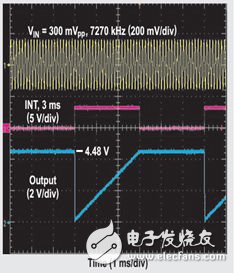
Figure 5: Example Waveform
Enter 6 MHz in the vibrator frequency and enter 1. The GUI value in the number of channels should be similar to that shown in Figure 4.
According to the above steps, the waveform shown in Fig. 5 can be obtained. For more waveforms with different amplitude modulations, refer to the TIDA-00152 Reference Design Test Data in Reference 1.
in conclusion
To achieve the desired engine performance and protect the engine, engine knock control must be performed. The dual input and advanced signal conditioning of the TPIC8101 knock sensor interface reduces the processing load on the engine control module.
2 / 3 / 4 phase are available.
Matt white / black / silver color for option.
DILI systerm, dimmable, CCT changeable, 0-10V, dial swith are available.
High PF, high lumen, high CRI, >90Ra, high reflectance diffuser (Lens+Reflector) with 12° / 24°/ 36° for choice.
15W LED Track Lights are popular in clothing store, show case, shopping mall, jewelry store, museum etc.
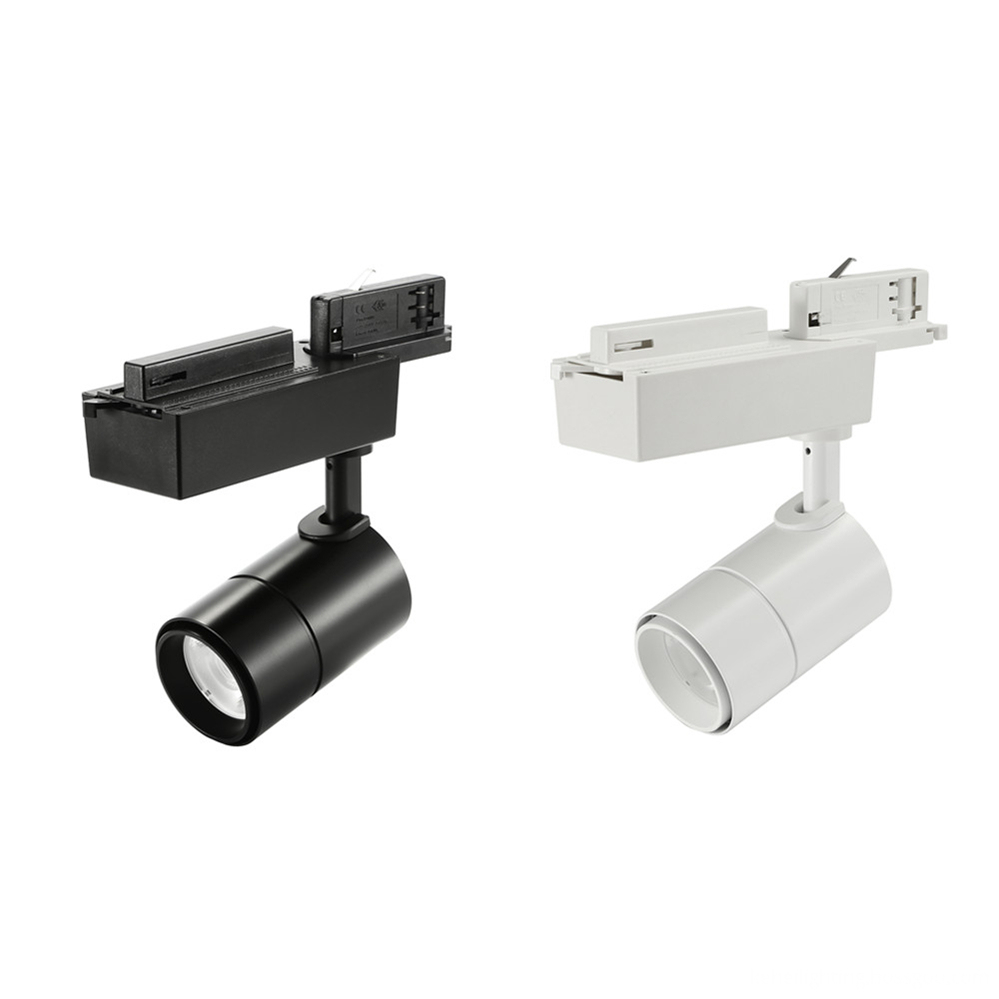
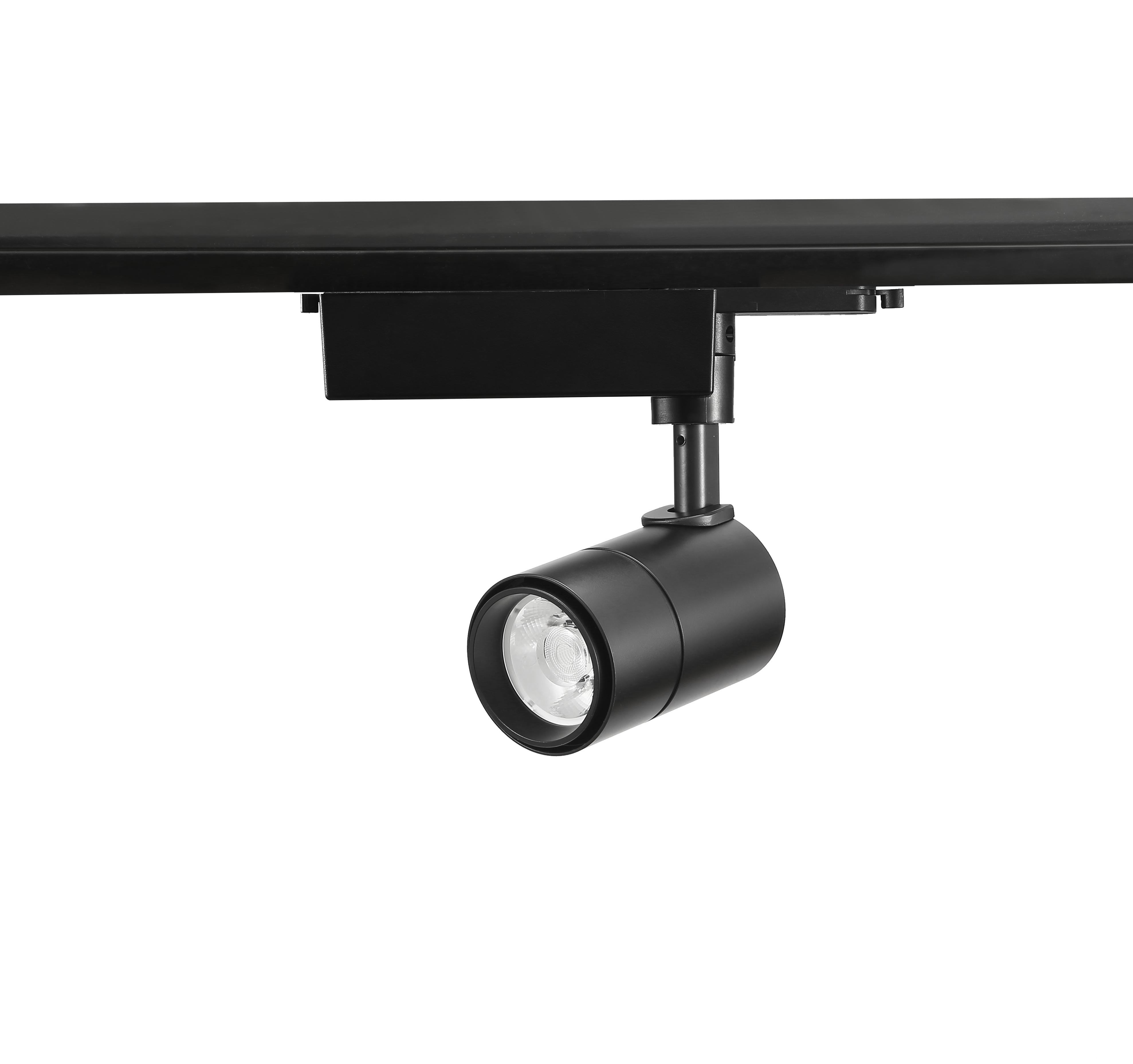
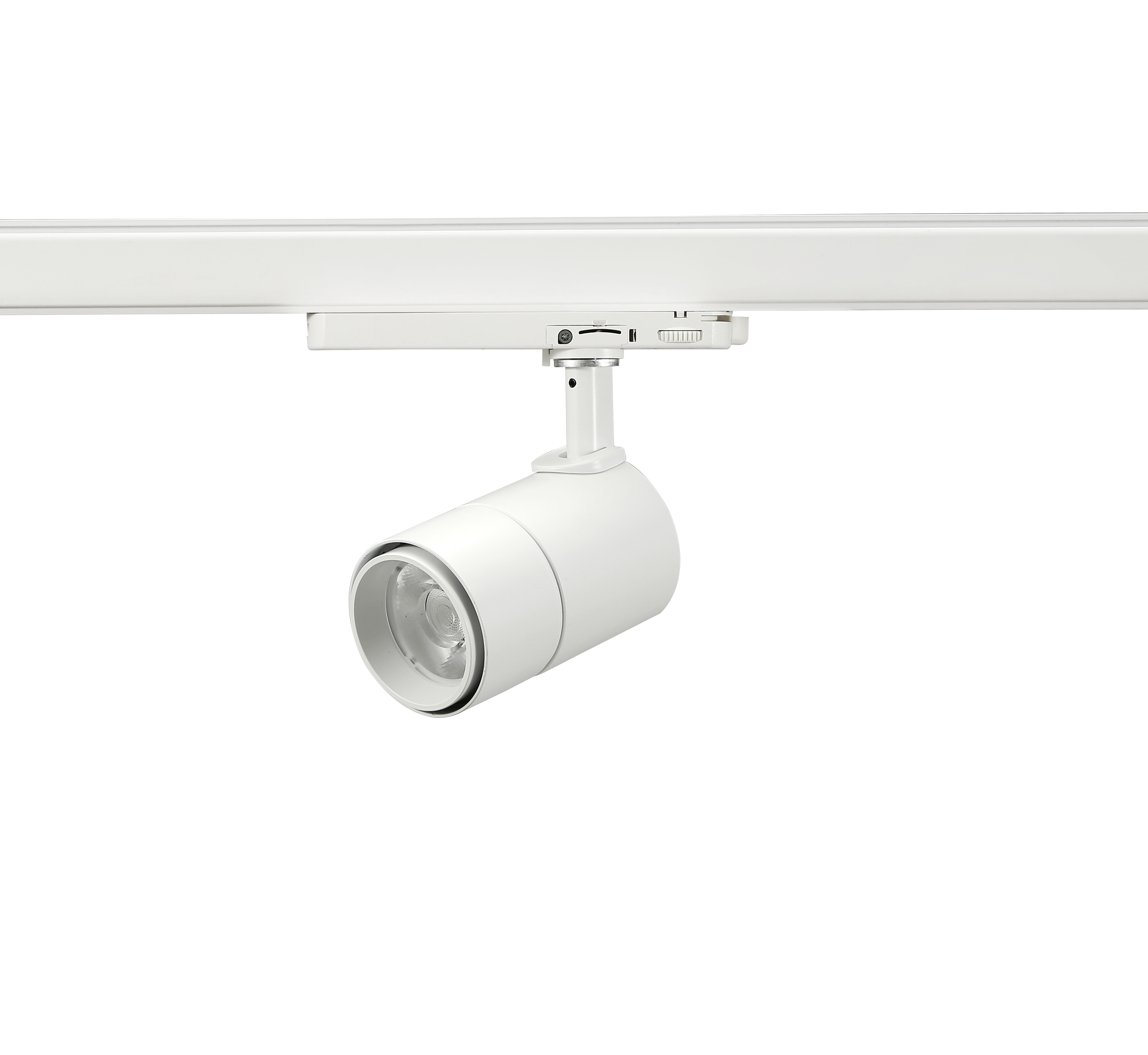
15W Led Track Lights
15W Dimmable LED Track Light,15W Mini LED Track Lighting, 15W Commercial LED Track Light,15W Color Changing LED Track Light
SHENZHEN KEHEI LIGHTING TECHNOLOGY CO.LTD , https://www.keheiled.com